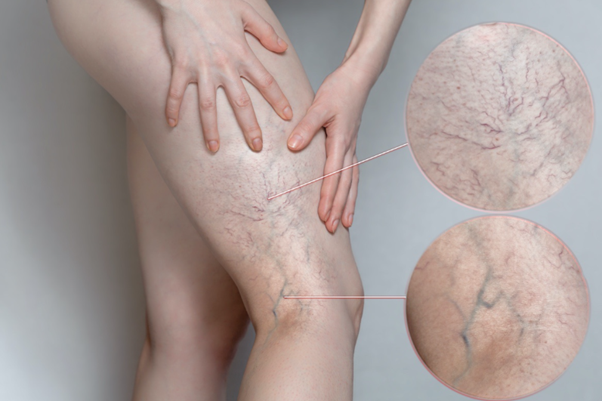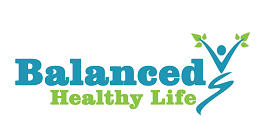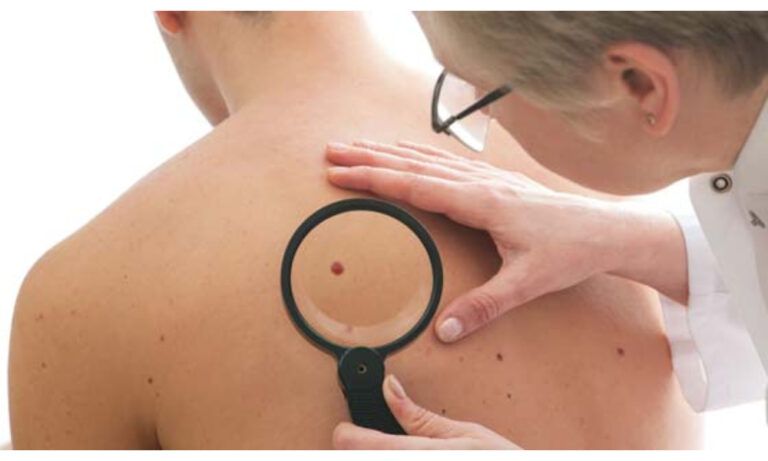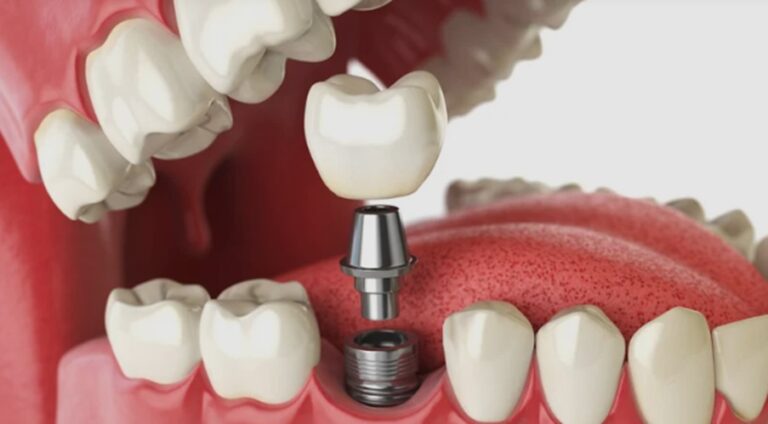

Varicose veins, characterized by enlarged, twisted veins usually in the legs, have been a concern for many, causing discomfort and impacting daily life. Over time, veins treatment has evolved significantly, transitioning from traditional methods to modern techniques that offer enhanced efficacy and reduced invasiveness.
Compression Stockings
Compression stockings, often the initial line of treatment, have been used for decades. These elastic garments exert pressure on the legs, aiding blood circulation and reducing symptoms like swelling and discomfort. While they provide relief from mild symptoms and prevent worsening of varicose veins, they do not eliminate the veins themselves.
Surgical Removal/Stripping
Historically, surgical procedures such as vein stripping were commonly employed to treat this problem. This invasive approach involved surgically removing the affected veins through incisions. While effective in eliminating varicose veins, it was associated with post-operative pain, longer recovery times, and potential complications.
Endovenous Thermal Ablation (Radiofrequency/Laser) +/- Sclerotherapy:
Endovenous Thermal Ablation (EVTA):
EVTA, utilizing either radiofrequency or laser energy, revolutionized varicose vein treatment. It involves inserting a catheter into the affected vein, applying thermal energy to seal the vein shut. This minimally invasive procedure redirects blood flow to healthier veins, effectively treating varicose veins with minimal discomfort and quicker recovery times.
Sclerotherapy in Combination:
Sclerotherapy, often used alongside thermal ablation, addresses smaller varicose veins and spider veins. It involves injecting a solution directly into the affected veins, causing them to collapse and gradually fade away. This combined approach offers comprehensive treatment, targeting both large and small problematic veins.
Evolutionary Benefits:
1. Efficacy:
Modern techniques like EVTA and sclerotherapy boast high success rates, effectively treating varicose veins while reducing recurrence.
2. Minimally Invasive:
These modern methods are minimally invasive compared to traditional surgical procedures, resulting in reduced post-procedural pain and faster recovery.
3. Customized Treatment:
Patients now receive tailored treatment plans, addressing their specific vein issues, optimizing outcomes, and satisfaction.
4. Aesthetic Improvement:
Procedures like sclerotherapy focus not only on alleviating discomfort but also improving the cosmetic appearance of affected areas.
Why Treating Varicose Veins is Mandatory?
Neglecting to address this issue can result in several disadvantages, impacting both physical health and quality of life.
1. Increased Discomfort and Pain:
Untreated varicose veins often cause discomfort, such as aching, throbbing, and heaviness in the legs. Over time, these symptoms may intensify, making it challenging to perform daily activities and affecting overall comfort.
2. Risk of Complications:
If the problem is left untreated, may lead to complications such as:
- Leg Ulcers: Prolonged venous insufficiency can cause skin changes and ulcers, particularly near the ankles. These ulcers can be painful, challenging to heal, and may become prone to infection.
- Blood Clots: In severe cases, stagnant blood within veins can clot, leading to superficial thrombophlebitis or, in rare instances, deep vein thrombosis (DVT). Blood clots can pose severe health risks, including the potential for pulmonary embolism if they dislodge and travel to the lungs.
3. Progressive Symptoms:
Varicose veins may worsen over time if left untreated. The veins may enlarge, leading to increased discomfort, visible bulging, and potentially greater risk of complications. This progression could also impact mobility and overall quality of life.
4. Impact on Appearance and Self-Esteem:
The appearance of those veins can affect self-confidence and body image. Visible veins, particularly in more severe cases, might lead to self-consciousness and reluctance to wear certain clothing or engage in activities that reveal the affected areas.
5. Reduced Mobility and Functionality:
Persistent discomfort and pain might limit mobility. This restriction can impact daily activities, exercise routines, and overall functionality, potentially affecting work and lifestyle.
Conclusion: Embracing Modern Innovations in Varicose Veins Treatment
The evolution of treatment signifies a significant leap in patient care, transitioning from conventional methods with high invasiveness and discomfort to modern, minimally invasive techniques prioritizing patient comfort and optimal outcomes.
However, the disadvantages of not treating this severe emphasize the importance of early intervention and seeking medical advice to prevent potential complications, improve symptoms, and maintain overall well-being. Today, patients have access to a range of vein treatment options, allowing them to embark on a journey from pain and discomfort caused by varicose veins towards a state of perfection – both in terms of comfort and aesthetic well-being.




